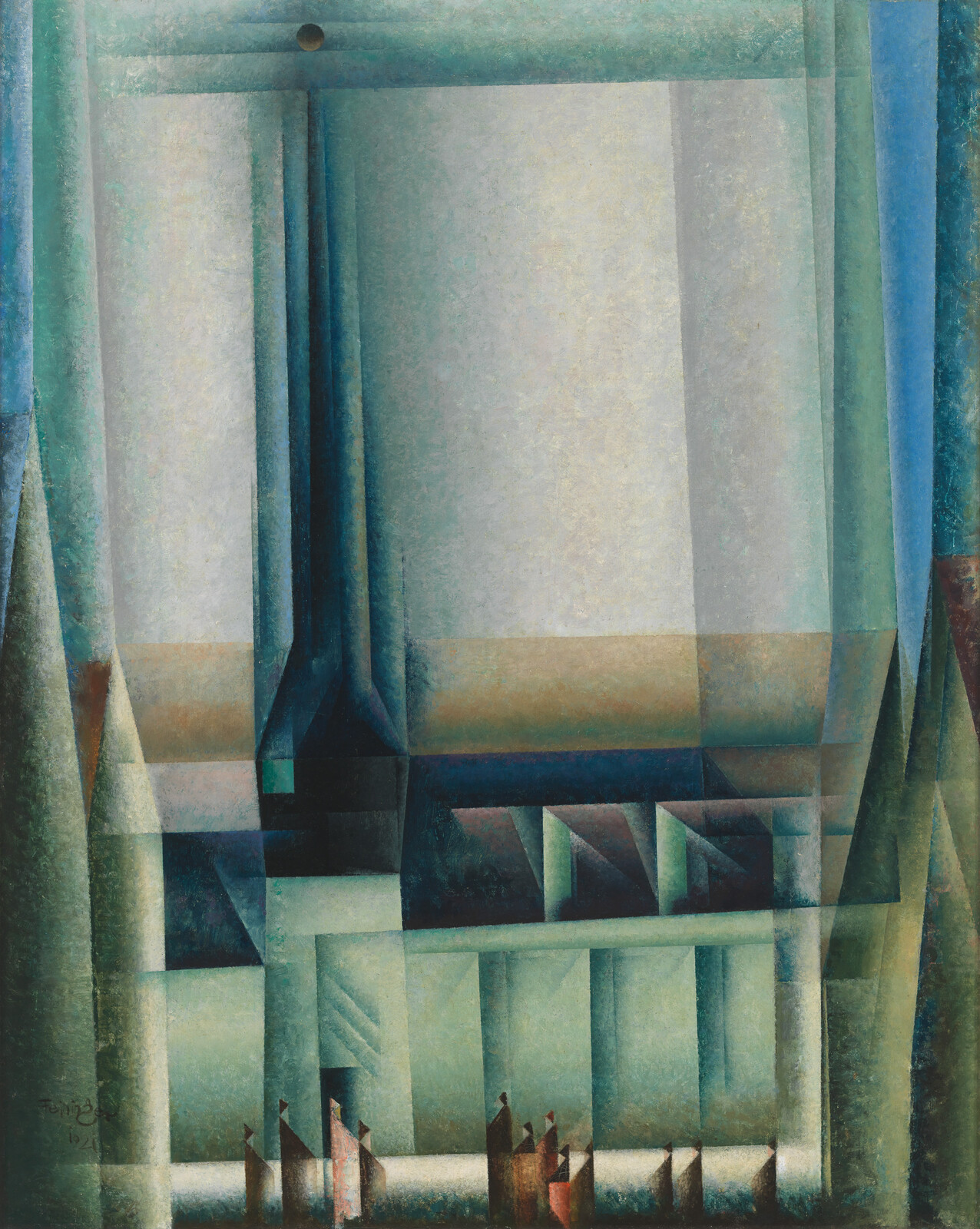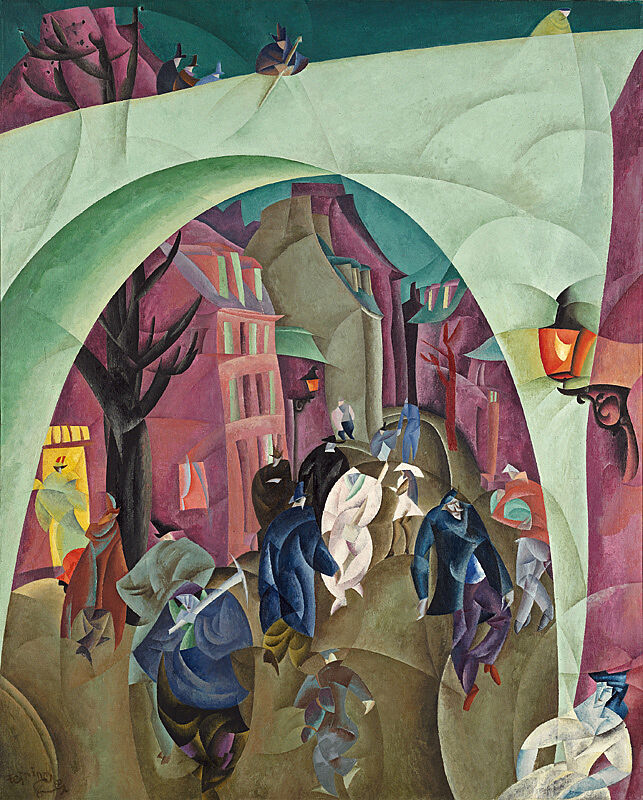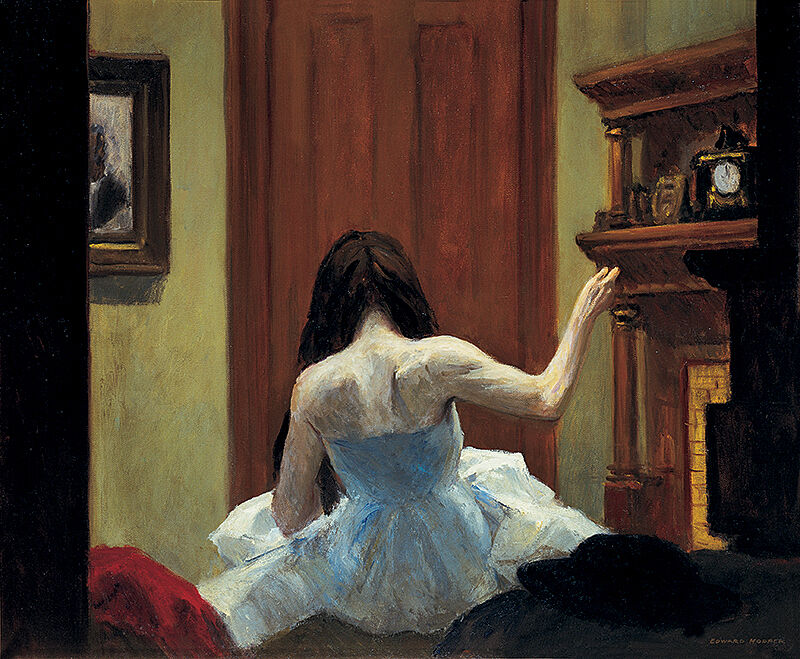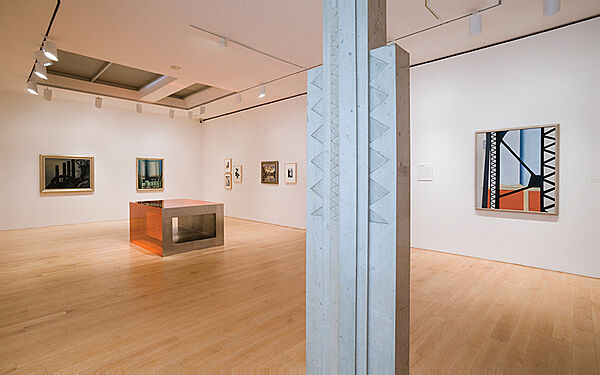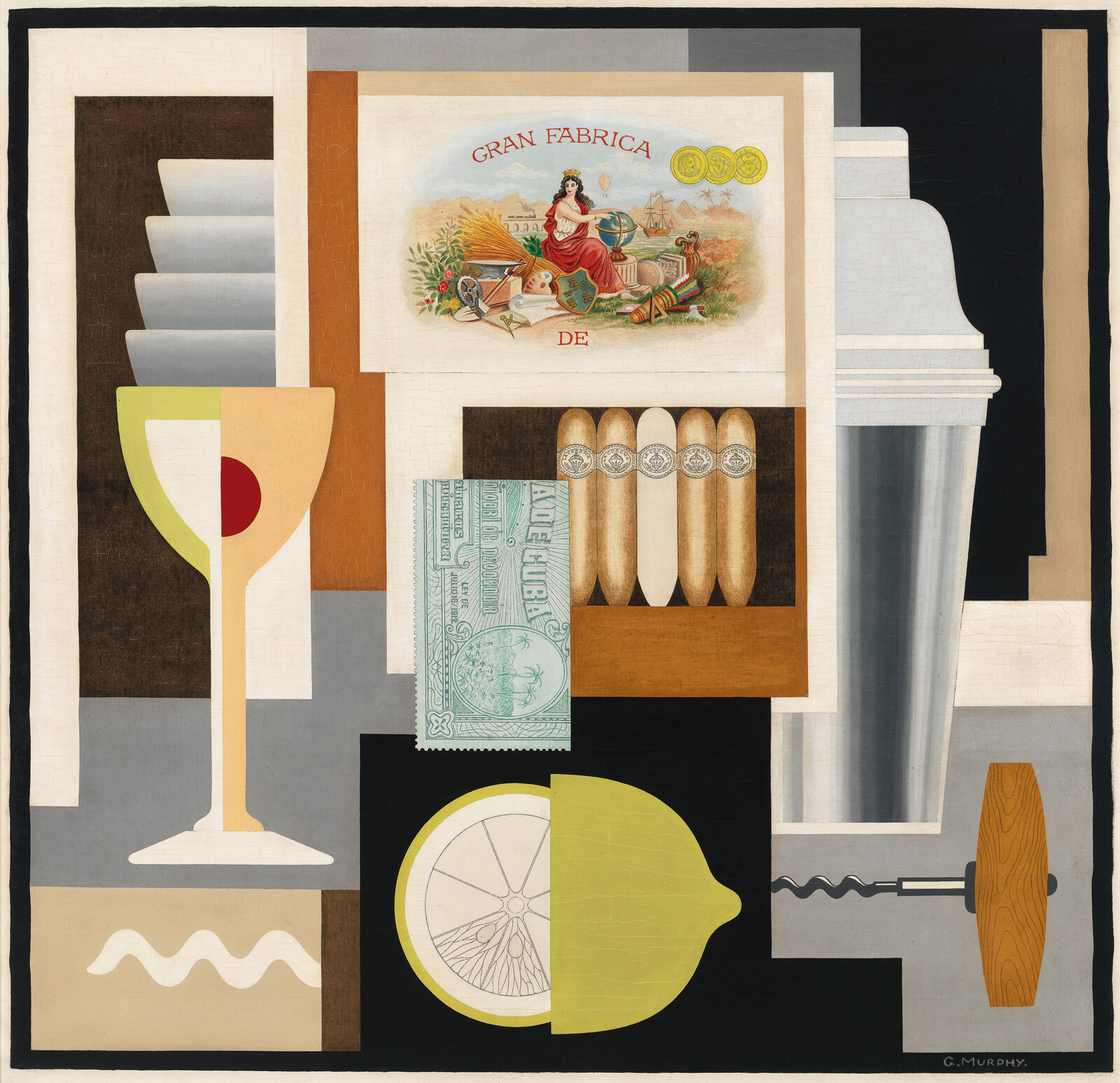Gelmeroda is a small village on the outskirts of Weimar that Lyonel Feininger first visited in the summer of 1906. Soon thereafter, the town and its Gothic church began to appear as a backdrop in his figurative oils and drawings. In 1913, he painted the first of what would be a series of thirteen monumental oils focusing exclusively on the church and its spire. Executed over the course of more than two decades, the Gelmeroda series charts Feininger's changing treatment of light and form. Gelmeroda, VIII, painted during Feininger’s tenure as a professor at the Bauhaus in Weimar, demonstrates the artist’s engagement with a vocabulary of layered, prismatic forms during this period. Set into the surrounding sky like a faceted jewel, the church seems to embody Feininger’s assertion that he was interested in painting the space around objects, not objects themselves. The solemn churchgoers at the lower edge—figures who establish the monumental scale of the architecture—seem similarly incorporeal, reduced to a group of translucent, earthbound triangles. The effect, however, is not one of traditional hierarchy, but of unity: in Feininger’s painting, heaven and earth are facets of a single, ethereal reality.
Not on view
Date
1921
Classification
Paintings
Medium
Oil on linen
Dimensions
Overall: 39 1/2 × 31 5/8 in. (100.3 × 80.3 cm)
Accession number
53.38a-b
Credit line
Purchase
Rights and reproductions
©Artists Rights Society (ARS), New York/VG Bild-Kunst, Bonn

